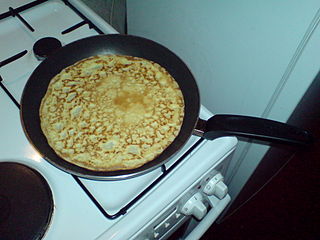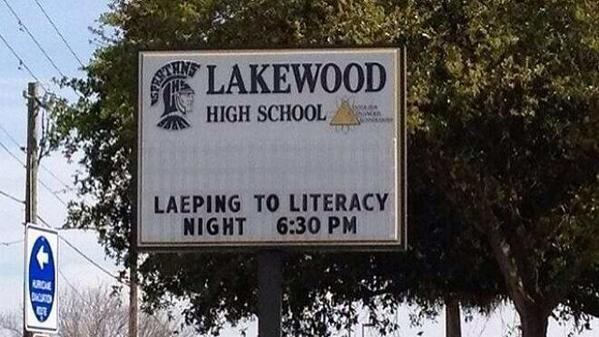Crash course in language
Have you ever noticed the language used when road traffic incidents are reported?
As a typical example, look at this story from Wednesday’s Bristol Post.
The headline reads:
Man taken to hospital after his car collided with road sign in Avonmouth
The first sentence outlines how the incident occurred:
A man in his 40s had to be removed on a spinal board after his car collided with a road sign in Avonmouth.
Note how the car’s occupant – presumably its driver – plays a passive role; the car apparently collided with a road sign of its own volition without any human intervention. One would almost think that cars and other motor vehicles are so capricious and flighty that conscious action by human beings is imperative to stop the public highway becoming a large linear scrapyard in next to no time and remaining such permanently.
Perhaps a more accurate headline would have been Man taken to hospital after driving into road sign.
Similar examples of this use of English can be found in any local paper in the country.
However, such language is not confined to the print media. An similar example from inside the BBC in Bristol was posted on Twitter this morning (screenshot below).

Note the absence of any human involvement in the incident: a horse was killed by a fast car. Was it an unoccupied, autonomous vehicle? A more accurate rendition would be that a horse was killed by a fast driver.
Then there’s the way large swathes of the media report collisions using the noun accident to describe them. In the vast majority of cases, there’s nothing accidental about them. According to RoSPA, 95% of all road ‘accidents’ involve some human error, whilst a human is solely to blame in 76% of road ‘accidents’.
According to the Collins English Dictionary, accident has the following definitions:
an unforeseen event or one without an apparent cause
anything that occurs unintentionally or by chance; chance; fortune
a misfortune or mishap, esp one causing injury or death
It would seem that the third definition is the one relied upon by the media. Interestingly, the British police stopped using the term Road Traffic Accident (RTA) some years ago; the police now refer to a Road Traffic Incident (RTI) instead.
Perhaps the media should follow the example of the police if they wish to retain their alleged reputation for truth and accuracy.


 Today for breakfast I indulged in some sausages; not just any sausages, but Sainbury’s Outdoor Bred Pork Sausages. They were delicious and disappeared off the plate in double-quick time.
Today for breakfast I indulged in some sausages; not just any sausages, but Sainbury’s Outdoor Bred Pork Sausages. They were delicious and disappeared off the plate in double-quick time.



